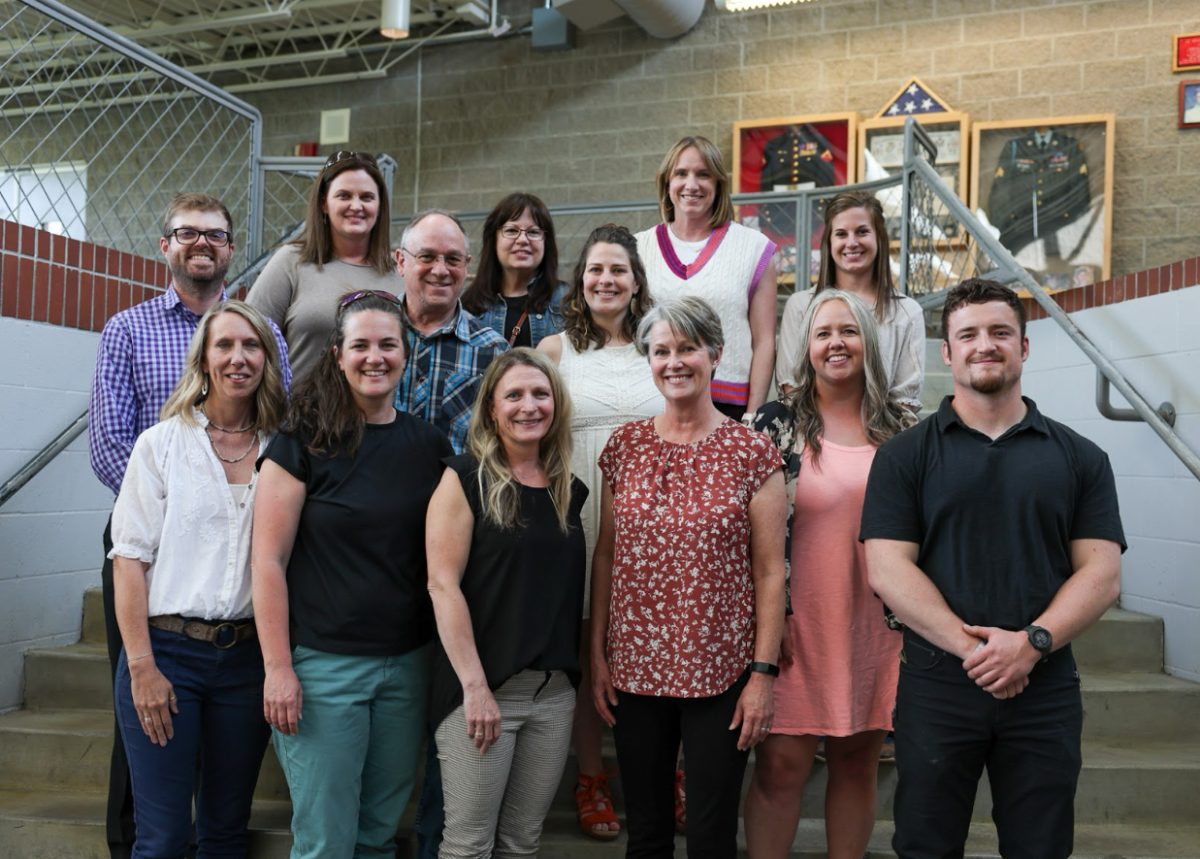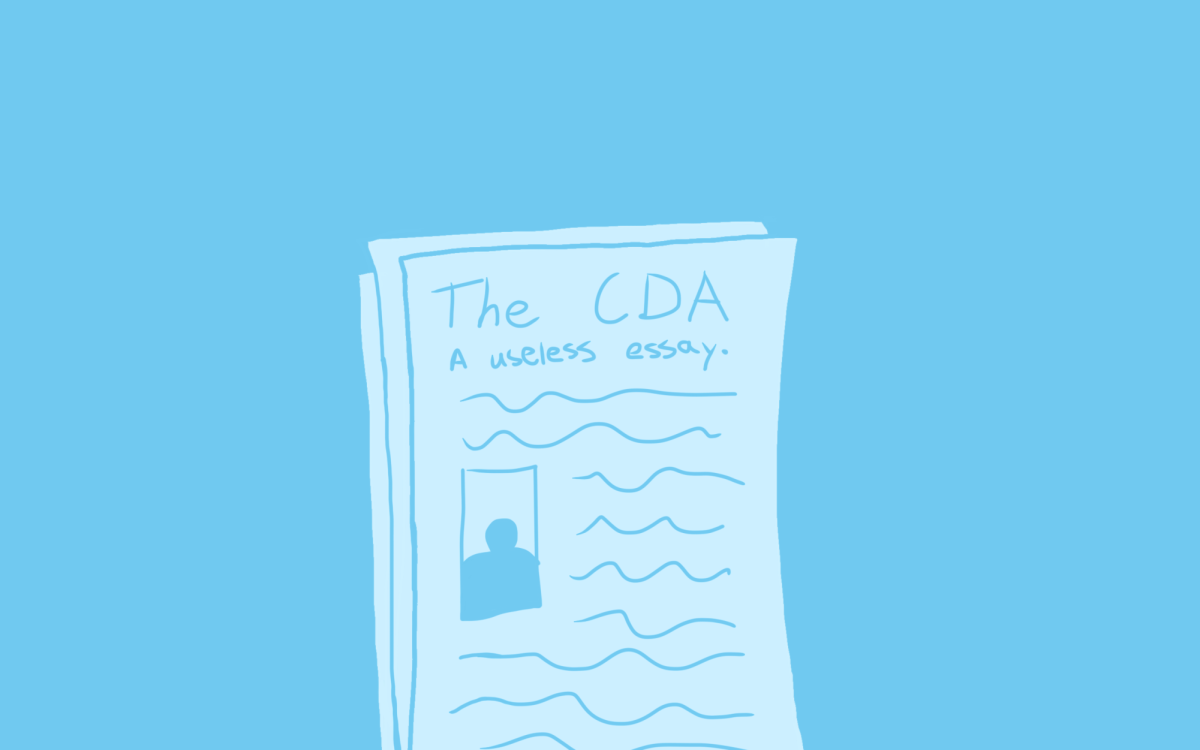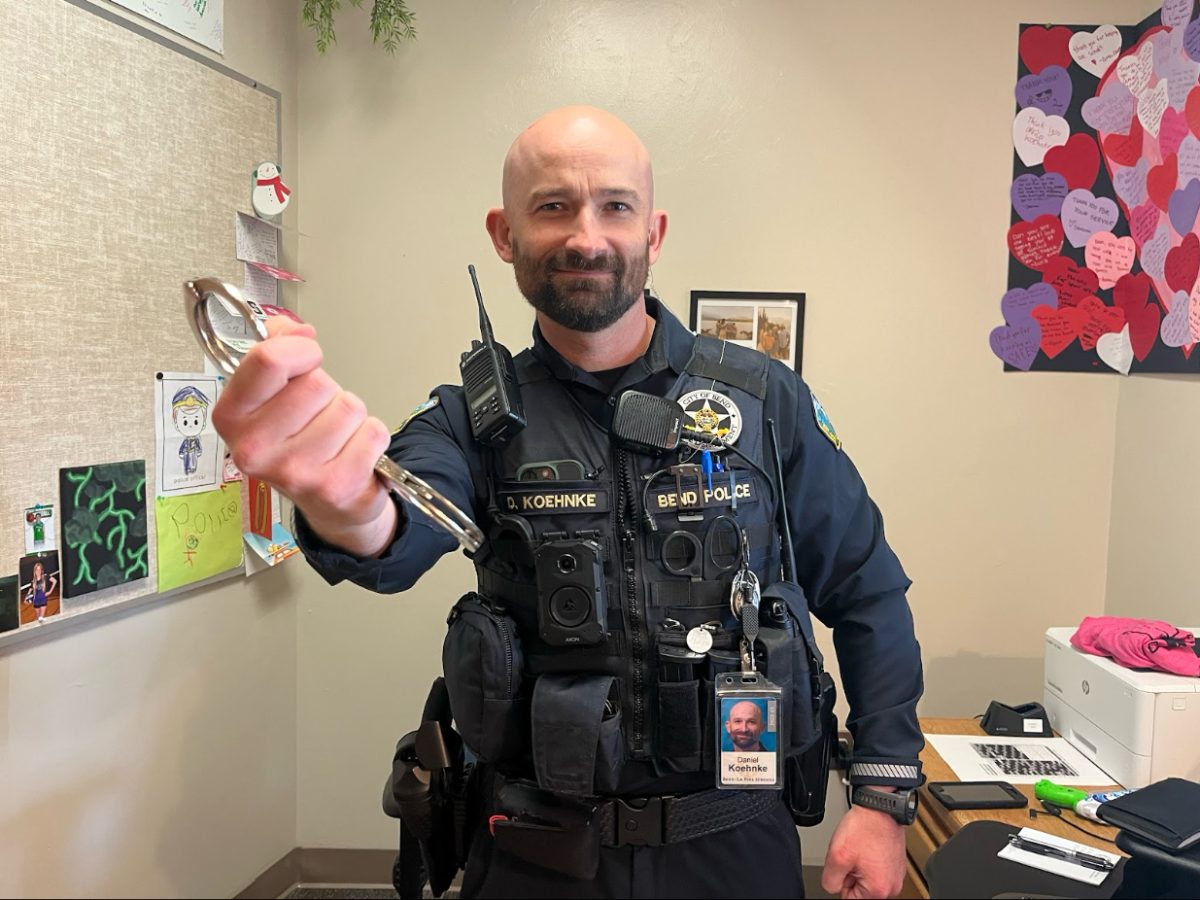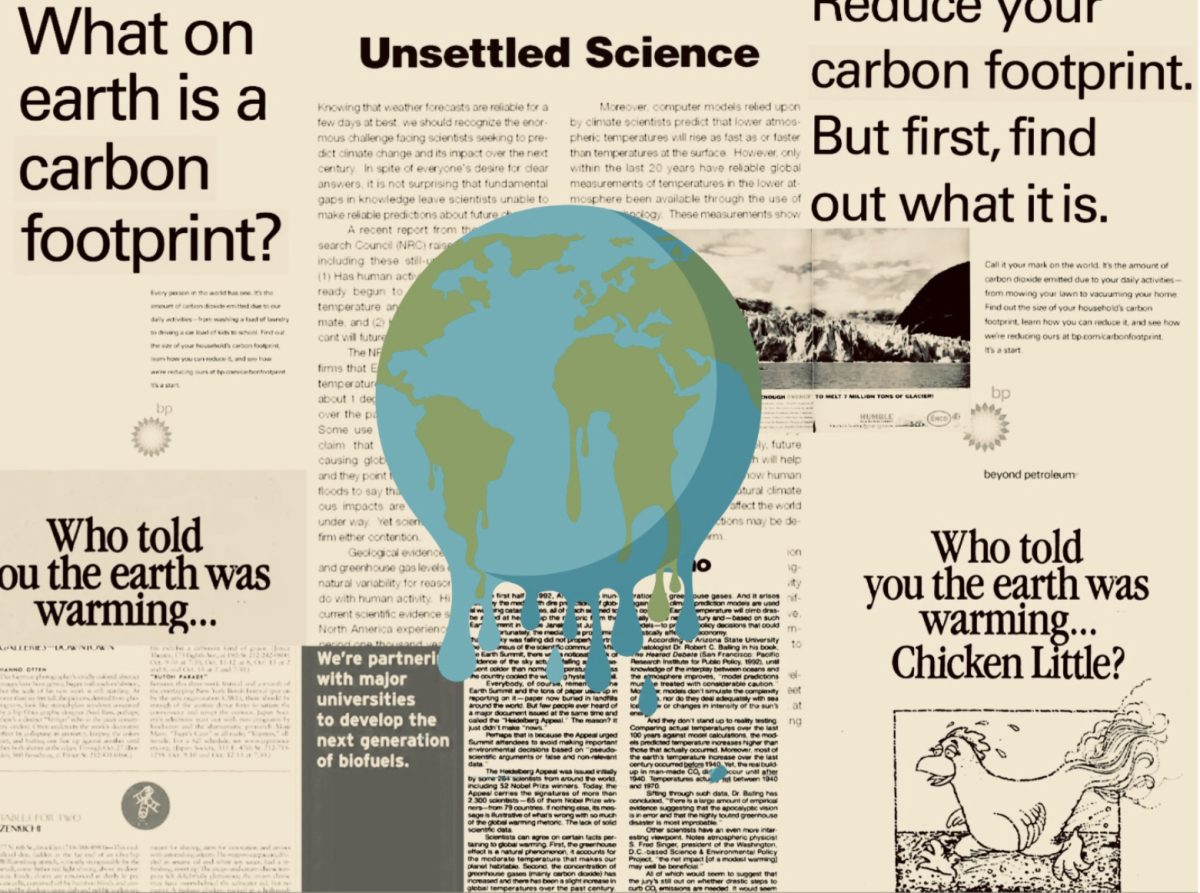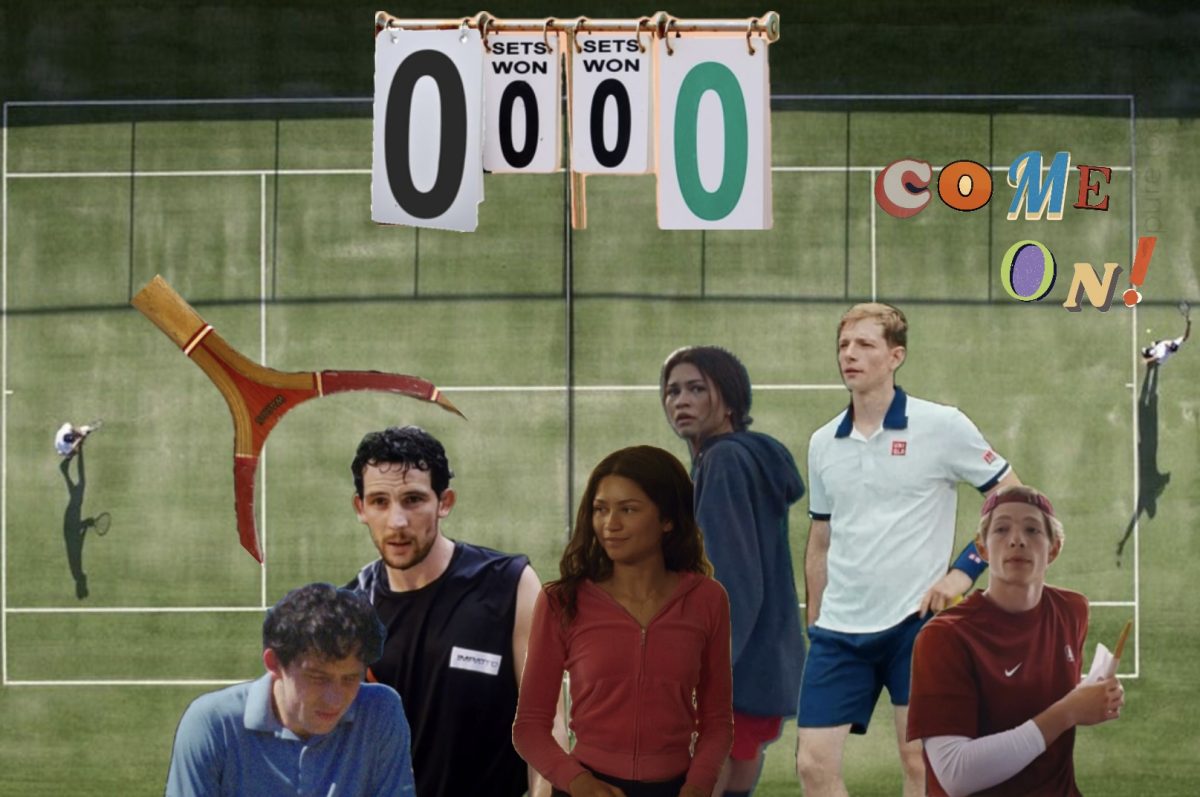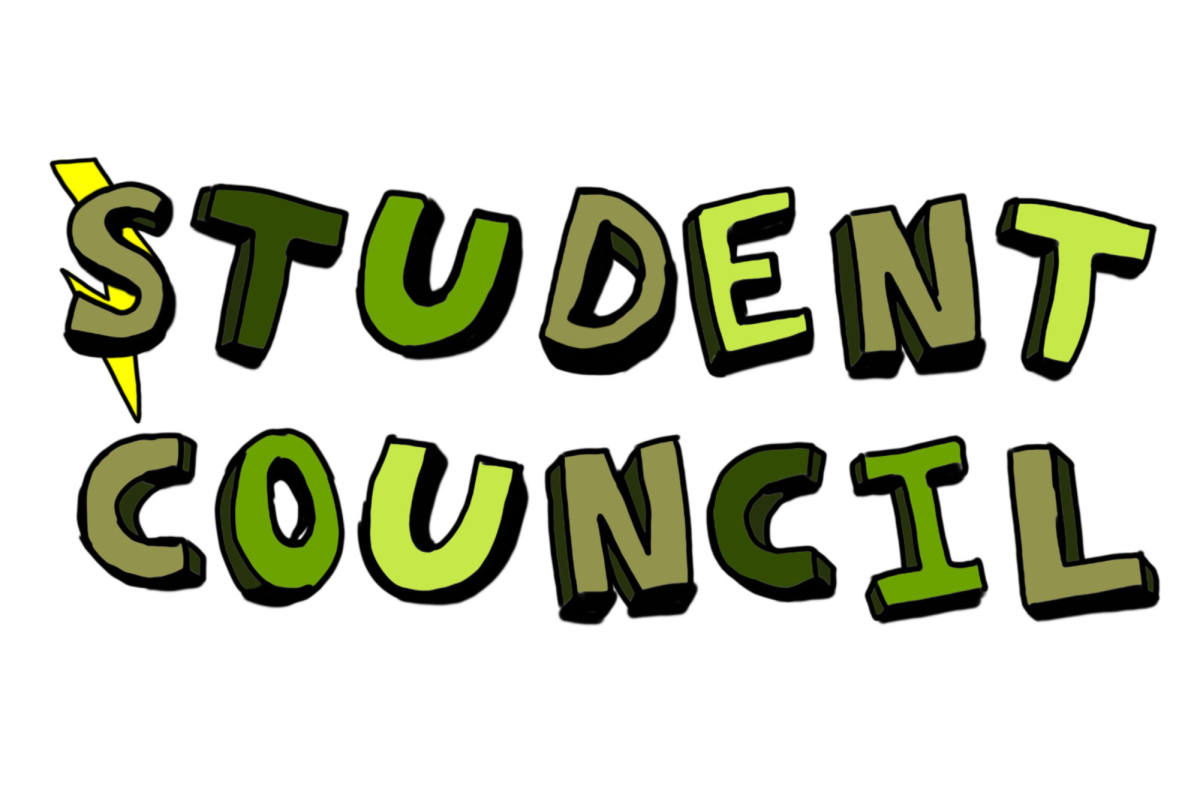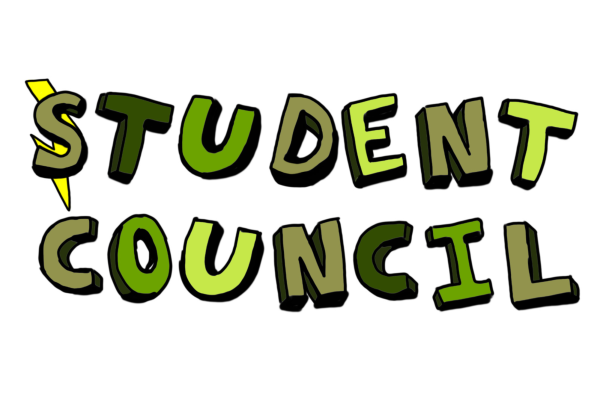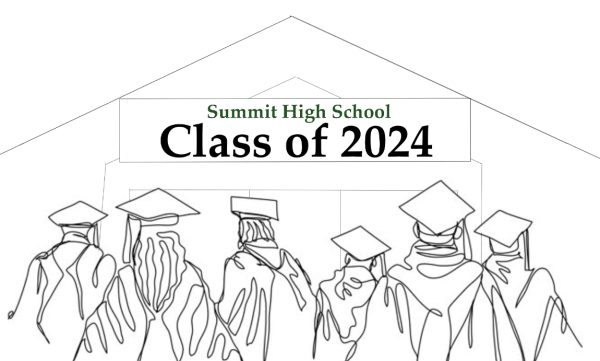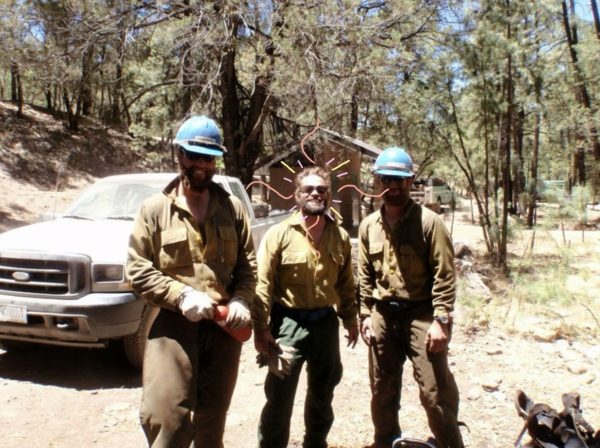“Oh The Places You’ll Go” Doesn’t Only Entail College
There is no right or wrong path after graduating high school, but many only know the popular route
The future after high school is filled with an endless amount of possibilities. It’s commonly heard that “the world is your oyster.” However the most popular choice—attending a 4 year university—outshines some of the other less conventional options. These options include, but are not limited to, attending a 2 year college, taking a gap year, joining the military or going to trade school.
A 2 year university is similar to a 4 year university. However, it’s usually smaller, cheaper and at the end of the two years, students graduate with an associate’s degree. Afterwards, some will pursue further education, but those who don’t are able to apply for numerous jobs. In Oregon, the Oregon Promise, a state grant, gives free tuition for those who go to a two year college.
“I chose a two-year for financial reasons, as well as just being unsure about what my path is at this point,” said Sylvia Winnenberg, a Summit senior. “I thought it was better to figure out my interests with free classes, rather than taking out huge student loans just to decide I want to switch my major or my whole plan.”
Winnenberg later stated she would pursue higher education after community college, such as a four-year or PhD program.
“I considered a lot of different options: four-year universities, out-of-state two-years, a gap year, studying abroad… but ultimately staying here for community college was the best for me.”
Winnenberg later expressed how after announcing her decision, not all responses were positive.
“People often look down on me or pass judgment when they hear I plan to start at community college. There are misconceptions that community college is for people who aren’t smart, when in reality it’s just cheaper.”
The most common route is attending a four-year college, where graduates end with a bachelor’s degree. This is the path that is shown in many movies or tv series, and normalizes attending one.
“I guess it was kind of expected of me,” said Summit senior Jacob Erard. He will be starting a four-year college in 2024. “It’s not like I don’t want to go, but it just always seemed like the path I would take. I also want a higher paying job, which is much easier through college.”
The military is another route than some take, such as Summit senior Kaylee Nystrom. The military has multiple fields, such as the Air Force, the Navy and the Army. The military usually helps contribute or fully funds higher education, as payment for serving your country.
“I want to have something I can be proud of and be a part of a team. I want to serve and protect my country, but also get a degree, to have the option to pursue other careers after my service ends,” said Nystrom. Four-year colleges, in her perspective, were not a future possibility.
“I don’t see the point of going to a 4 year college just to graduate in debt. They can be useful, but add more stress, and even after you graduate, you now have to try and find a job.” After announcing her future plans, Nystrom stated she was only met with positive feedback.
“I felt some pressure to go to basic college, but the academy is still a four-year school. It’s just a commitment to the military after graduation. Everyone is super supportive and excited when I announce my plans to pursue a career in the military.”
Other paths, like trade school, entail enrolling in a program that is typically a year—if not less—to learn a trade, such as becoming an electrician. It provides a fast way to get started on a career and getting a job.
Gap years are also a route some students take. Some students find themselves doing missionary work, saving money, traveling or finding their own path that is out of conventional norms, instead of going straight to college.
No matter what path one may choose, there are many options after high school, and there isn’t one path that fits all. Students, like the ones above, choose the path that is best suited for them, and their needs.
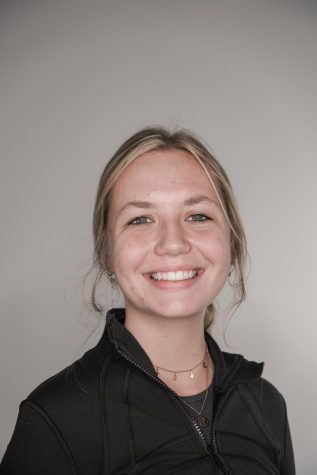
Before, you could find Maria in the cobblestone streets of Southern France, sitting at a parisian themed cafe, whilst eating a croissant and sipping on a “chocolat chaud” (hot chocolate if your french...


